Sohrai, celebrated by the tribal communities of Jharkhand, India, is a vibrant and culturally rich festival that bridges the gap between humans, animals, and nature. It is celebrated by various tribal communities, including Bhumij, Sadan, Oraons, Ho, Munda, and Santal. It marks the end of the harvest season and the beginning of the New Year. The festival is celebrated with great joy and enthusiasm, as people thank their cattle for their hard work and pray for their well-being. The name “Sohrai” is derived from the word “soro,” meaning “to drive with a stick.
Rituals and Celebrations
Sohrai is observed in the month of Kartik (October-November) after the paddy crop is harvested, coinciding with Diwali, the festival of lights. The festival is marked by various rituals, cultural performances and artistic expressions. Adivasis pay homage to their gods and their ancestors as a thanksgiving for their crops, their cattle, their ploughs, and everything that has helped them to attain the harvest. The five days of the festival are accompanied by a variety of rituals, consumption of Handia in copious quantities, dancing, singing and merry-making. Different songs are sung for different days.
The initial day of the festival involves the village priest (Naike) performing rituals and sacrificing hens in an open area to invoke their gods (bongas). This event is exclusive to the male population of the villages. Following a feast featuring rice boiled with the sacrificial hen, the village headman (Manjhi) declares the commencement of the festival.
The focus of the second day is to seek blessings from Bongas for individual homes. In the morning, the cattle are sent to the fields to graze, and during their absence, the women of the household adorn the huts by painting them. Simultaneously, preparations are made for food that will later be offered as prasad after the puja. As night falls, earthen lamps (diyas) are lit in the cattle sheds.
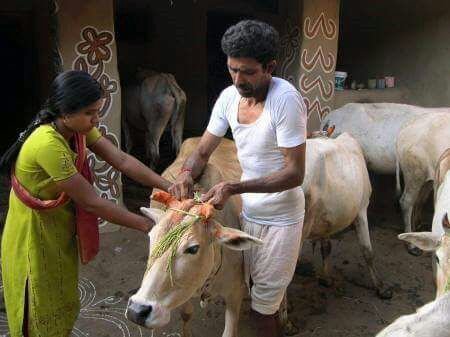
Upon their return, the cattle receive a warm welcome, with their horns being anointed with oil and vermilion. Garlands made by stringing paddy strands are tied across their foreheads. After the puja concludes, the prasad is distributed among the members of the household and neighbours. Subsequently, the cattle are allowed to rest for the remainder of the day.
On the following day of Sohrai, people engage in worshipping their cattle-sheds. They bring paddy strands from their fields for this ritual, and after the worship, they affix these plants to the horns of the animals. In the afternoon, accompanied by the resonant beats of drums, the cattle are led to an open field where they are set free for games and recreational activities.
On the fourth day, women join the men in the festivities. On the concluding day, the Manjhi plays a pivotal role in bringing the celebrations to a close.
A crucial element of Sohrai is the veneration of cattle, revered as symbols of wealth and fertility. During this occasion, the cattle undergo a ritual of bathing, and adornment and are provided with special nourishment. They are paraded in a procession and encouraged to leap over a bonfire in a ceremony known as agni pariksha or fire test. This ritual serves the purpose of purifying the cattle and safeguarding them from malevolent spirits.

Sohrai Painting: A Grand Folk Art
The heart of Sohrai lies in its Sohrai art, which adorns the walls of homes and huts. These colourful paintings depict motifs inspired by nature, animals, and tribal beliefs. Women, using their fingers, twigs, and bamboo or grass brushes, create these intricate designs. The natural colours used in Sohrai art connect the community to its environment, celebrating the bond between humans and the land they cultivate.
Another distinctive feature of Sohrai is the tradition of painting the walls of houses with natural colours, depicting motifs of animals, plants, and scenes from everyday life. Women in the household create these paintings using their fingers, twigs, and brushes made from bamboo or grass. The colours are derived from natural sources like clay, charcoal, rice paste, and leaves. These paintings are believed to bring prosperity and offer protection to both the family and the crops.
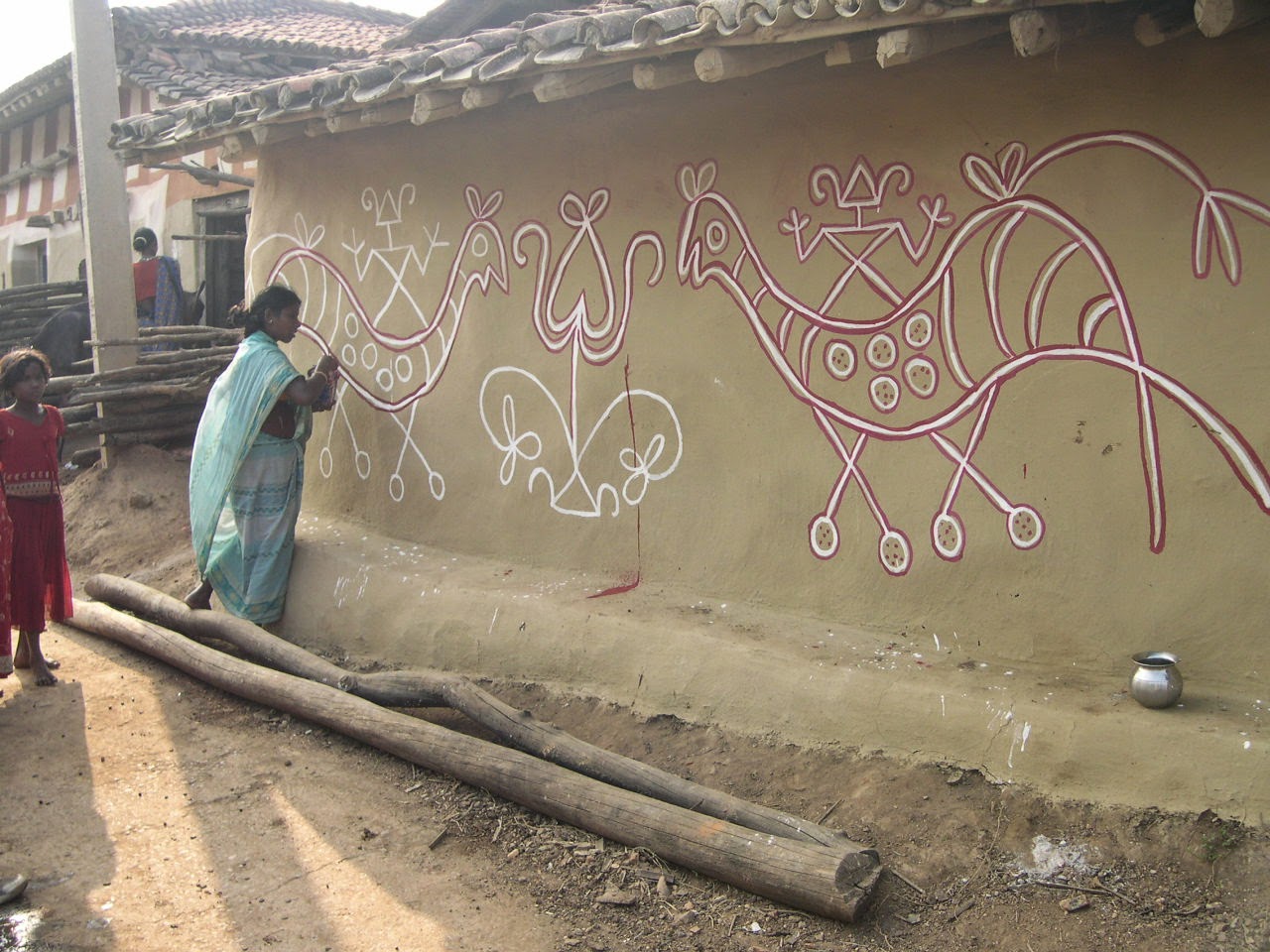
Following ancient Santhal mythology, Marang Buru (the God of the mountain), Jaher ayo (Goddess of the forest), and the elder sister of the Santhals descend from heaven to visit their brothers. To commemorate this event, the harvest festival is celebrated, and women adorn their walls with Sohrai art murals. These paintings are thought to bring good luck. It is from this mythological context that Sohrai art originated, contributing to the rich culture and traditions of India.
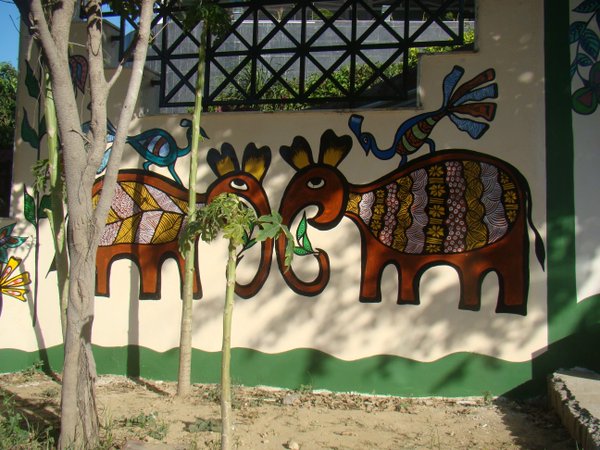
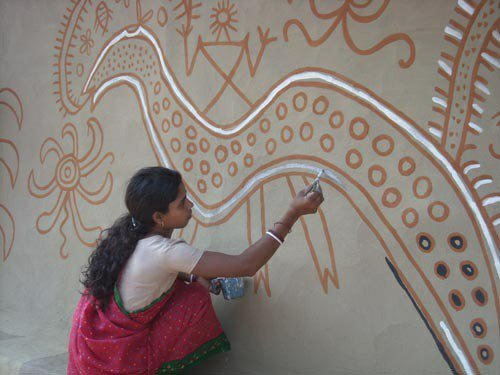
In anticipation of the festival, the women within the community engage in repairing their mud walls and floors. They adorn the walls with their striking traditional art, a process that must be completed by the eve of the festival. This art form exhibits both monochromatic and vibrant, colourful aspects.
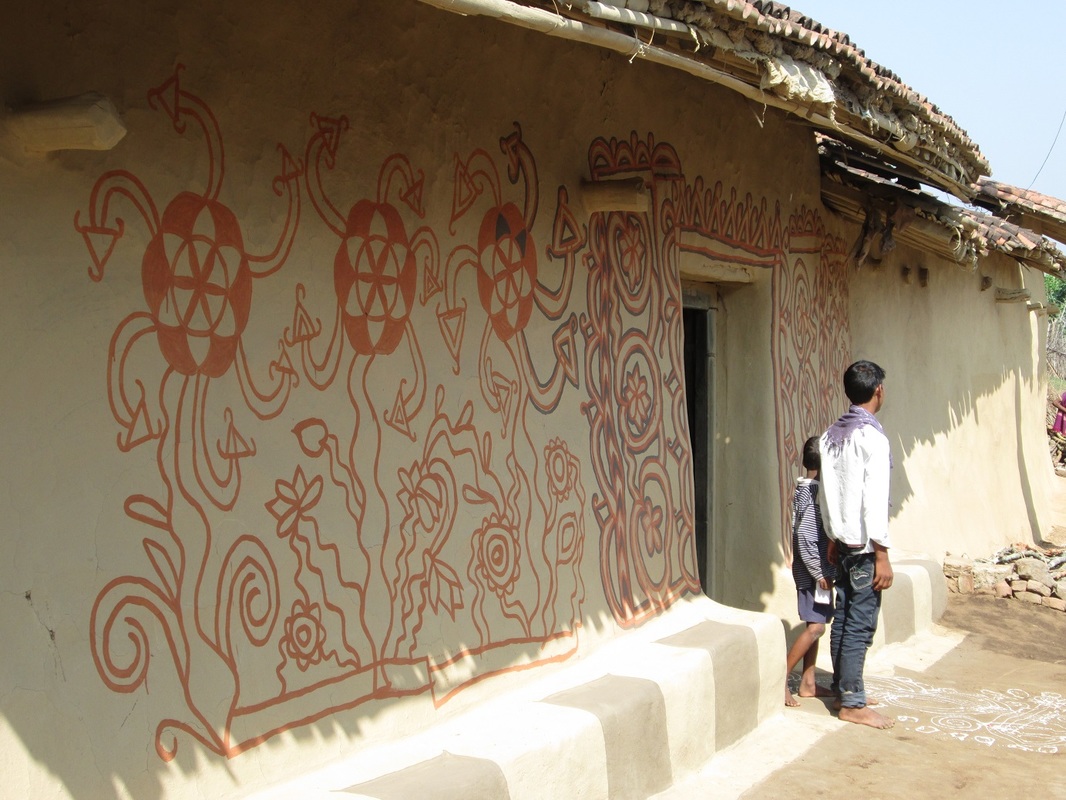
The distinctive Sohrai art, painted on mud walls, is a matriarchal tradition passed down from mother to daughter. These vibrant paintings are exclusively created using natural pigments mixed with mud — Kali matti, Charak matti, Dudhi matti, Lal Matti (Geru), and Pila matti. Artists utilize datoon (teeth cleaning twig) or cloth swabs dipped in various earth colours to depict bulls, horses with riders, wild animals, trees, lotuses, peacocks, and horned deities on the walls. Sohrai paintings are regarded as symbols of good luck.
On May 13, 2020, Sohrai was granted the Geographical Indication (GI) tag. This tag is conferred upon products that have a distinct geographical origin and possess qualities or a reputation that are inherently linked to that specific origin.
The art of Sohrai is considered one of the oldest forms of wall painting globally, dating back to the Paleolithic period when similar designs were discovered in caves. This artistic tradition has been handed down from generation to generation, undergoing evolution over time. In contemporary times, Sohrai art is acknowledged as a distinctive cultural expression of the tribal communities in Jharkhand and other states.
After the discovery of Isko rock arts, a peculiar similarity was observed between the motifs found in the rock art and the paintings adorning the walls of local dwellings. The rock arts, as per the Archaeological Survey of India (ASI), are dated from 7000-4000 BCE, belonging to the Paleolithic age. Close to the rock art site, a substantial number of stone tools have also been unearthed.
The Sohrai art form is believed to follow similar patterns and styles that were once employed in creating Isko and other rock arts in the region, such as Satpahar in Hazaribagh district. Originally, this art form was predominantly practised in caves, but over time, it has transitioned to being primarily displayed on the mud walls of houses.
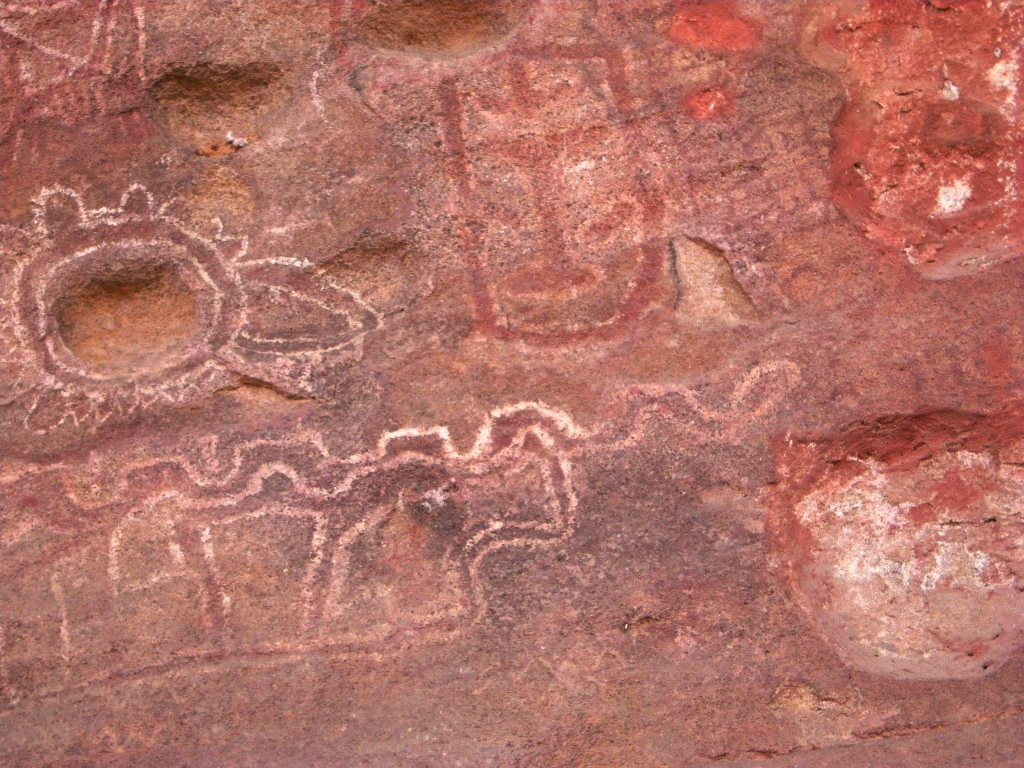
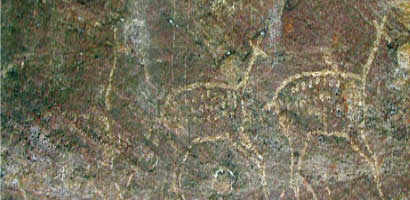
The Isko cave is home to Lower Palaeolithic deposits and extensive underground caves that were inhabited by humans during the ice ages, resulting in one of the most abundant collections of the Middle Palaeolithic stone tool industry in South Asia. The rock art found in the cave has been dated by prominent experts to the meso-chalcolithic period, spanning between 7000 and 4000 BCE. Additionally, there is an earlier level of rock art that could potentially be much older. This art form has, therefore, persisted since ancient times, reflecting a longstanding cultural and artistic tradition in the region.
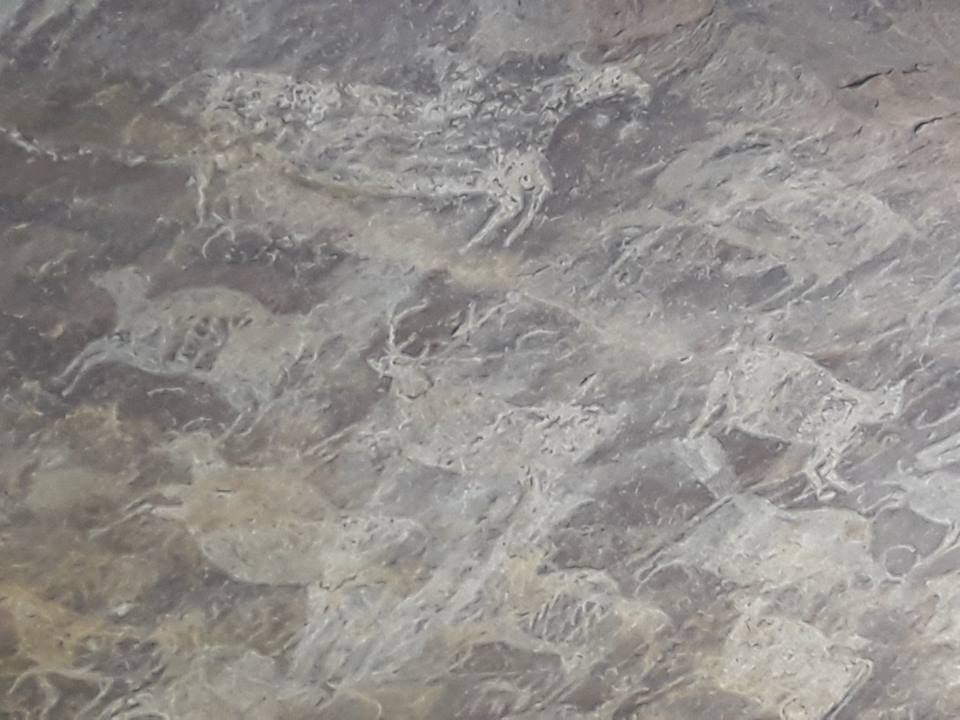
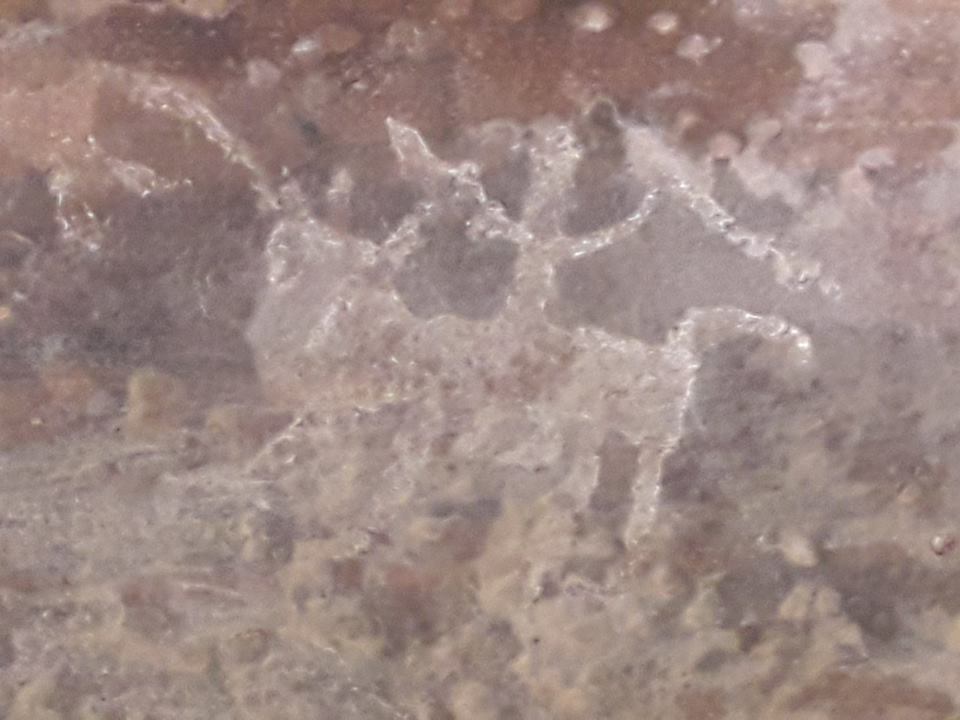
Sohrai is not just a festival marked by joy and gratitude; it also serves as a means of preserving and promoting a culturally rich artistic tradition that highlights the creativity and skill of tribal women. It is commendable to note that the Jharkhand government has taken initiatives to showcase and support this ancient tribal art form. The government’s decision to adorn the boundary walls in the capital city of Ranchi with Sohrai art not only provides encouragement to the artists but also contributes to the wider publicity and recognition of this unique cultural heritage.
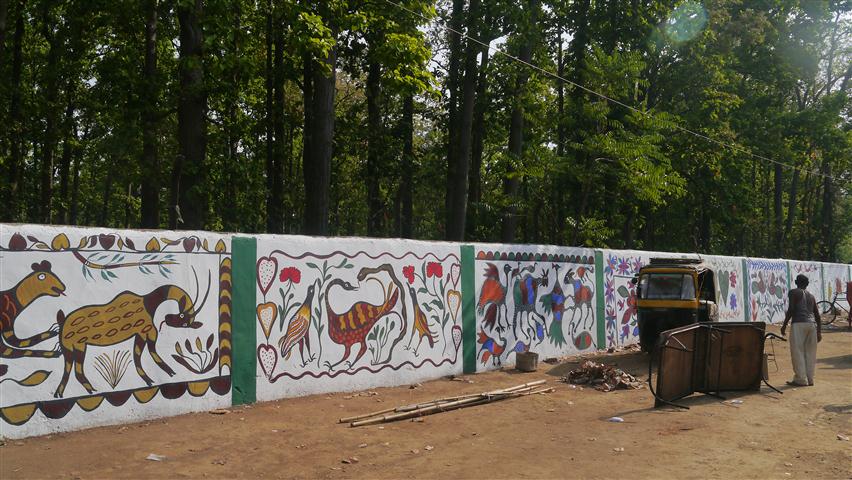
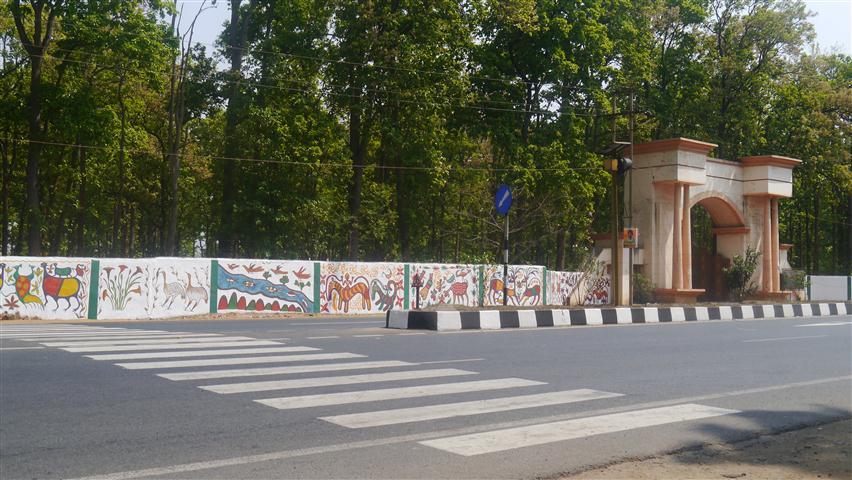
Sohrai is not only a period of joy and artistic expression but also a time for social gatherings and cultural activities. Tribal communities engage in folk dances and songs as a means of expressing gratitude to nature and honouring their ancestors. Among the popular dances are jhumar, chhau, and paika. The festival becomes a platform to showcase the rich and diverse tribal art and craft of Jharkhand, including dokra metalwork, bamboo craft, wood carving, and pottery. This celebration becomes a vibrant tapestry that brings together various aspects of the cultural heritage of the region.
Sohrai stands as a festival that beautifully commemorates the harmony existing between humans, animals, and nature. It serves as a poignant reflection of the distinctive identity and culture of the tribal people of Jharkhand, who have diligently safeguarded their traditions and customs across generations. This celebration becomes a vibrant showcase of their creativity, spirituality, and resilience.
More than just a festival, Sohrai is a testament to the profound bond shared between humans and nature. It becomes a time to express gratitude, joy, and optimism for the future. Additionally, Sohrai serves as an occasion to recognize and preserve the invaluable cultural heritage of the tribal communities in Jharkhand.
In the heart of Jharkhand, the Sohrai Festival bridges the gap between tradition and contemporary expression, reminding us of our interconnectedness with nature and the animals that sustain us. As we celebrate Sohrai, let’s appreciate the harmony between humans, animals, and nature—a bond that transcends time and enriches our cultural heritage.

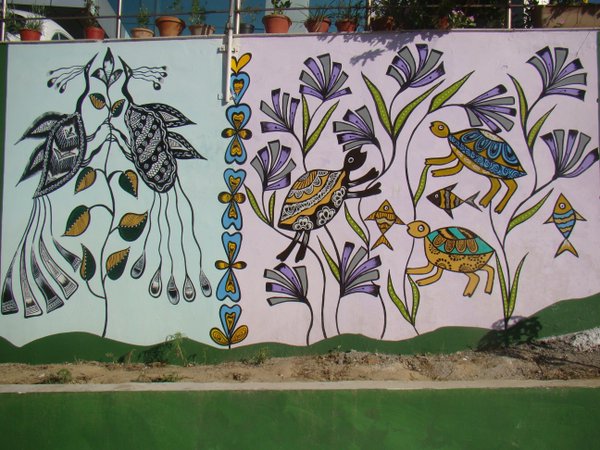
A beautiful post and lovely pictures!
LikeLiked by 2 people
Thanks Sunil.
LikeLike
Reblogged this on My space.
LikeLiked by 1 person
A beautiful post. Reblogged it in my Blog. Thanks for sharing.
LikeLiked by 1 person
Thanks for liking and sharing the post. 🙂
LikeLiked by 1 person
Welcome!
LikeLike
Very informative and interesting read.
LikeLiked by 1 person
Thanks Aranjit
LikeLike
Sohrai festival too is new to me. The paintings are bright and colourful.
LikeLiked by 1 person
So lovely knowing about this festival.
And, I am amazed the paintings are so old. Wish you could have added pictures from there too 🙂
LikeLiked by 1 person
I haven’t visited Isko caves personally primarily considering Naxalite activities in the area. But I have plans to visit the caves. One of my uncles stay in Hazaribagh.
LikeLiked by 1 person
Thank you…they look beautiful and so much to learn from them!
LikeLiked by 1 person
Great read I did not know about this festival for cattles!! …. wall painting are lovely here.
LikeLiked by 1 person
Thanks friend for visiting Indrosphere. Yes and the tradition is continuing for thousands of years!
LikeLike
This is unique culture, indeed.
LikeLiked by 1 person
Thanks Vikram and the culture is continuing since stone age. Unfortunately rapid urbanisation is marking end to such millennia-old traditions.
LikeLiked by 1 person
Thanks so much for sharing! I love the pictures, the bright reds are spectacular. Always good to learn about celebrations of others.
LikeLiked by 1 person
Thanks for the interesting info about this!
LikeLiked by 1 person
Thanks for dropping by ☺
LikeLiked by 1 person
Welcome!
LikeLiked by 1 person
I liked it.
LikeLiked by 1 person
Lovely post.
LikeLiked by 1 person
Thanks sir.
LikeLike
hey uncle this is Isha.. daughter of Arup Kumar Bose.. I was doing a research on Shorai Art.. Thanks to you I got some good information 🙂
LikeLiked by 1 person
That’s great. Share with me your research paper once it’s complete. All the best!
LikeLike
Pingback: Khovar — an ancient art – Indrosphere
Hi,
This article is very informative. Great piece of work. My name is Kislay Komal and I have spent 10 years in Jharkhand while doing my schooling from Jamshedpur. Now i am promoting traditional arts and wanted to get connected with the artists of these arts. In case you can help. I put them on global map through my initiative http://www.artsofindia.in. I can be reached on 9880027443.
Thanks
Kislay
LikeLiked by 1 person
Thanks sir, for your effort…but I’m completely disagreeing with your research….off course Sohrae is the most significant festival for Santal but… this festival we don’t celebrate during diwali..this we celebrate after harvest.. approximately in the month of January..the date is decided by village people…this festival goes more than five days..
LikeLiked by 1 person
Thanks for your feedback and I am updating the post.
Sohrai is a winter harvest festival and one of the most important festivals of santhals. They pay homage to their gods and their ancestors as a thanksgiving for their crops, their cattle, their ploughs, and everything that has helped them to attain the harvest.
Sohrai is mainly celebrated at the beginning of winter harvest, when the paddy has ripened, on the new moon day (amabasya) of the Bengali month of Kartik, coinciding with Diwali or Kali puja. In some regions, celebrations take place at the end of the winter harvesting mid January (around the end of Bengali month Poush), after they have reaped and threshed their paddy.
Thank you, Hanja.
LikeLike
Beautiful wall murals and art! Love it.
LikeLiked by 1 person
Pingback: KHOVAR – Madhvi Arts
The Santals are the second-largest ethnic group among the indigenous people living in Bangladesh. They prefer to call themselves “Santal”.
They call each other “Har.” Har means man. The aborigines are native to Chhota Nagpur in India and the hills and vast areas of Assam. They live in Rajshahi, Natore, Naoga, Chapainawabganj, Bogra, Dinajpur, Rangpur, Pabna, and the other north-western districts.
for more read https://cinebuzztimes.com/santal-festival-sohrai/
LikeLiked by 1 person
Nice post, Tuhin, I didn’t know that there are so many Santals are in Bangladesh. Thanks.
LikeLike
Pingback: Ancient Varli Art: A Glimpse into the Rich Cultural Heritage of India – Indrosphere